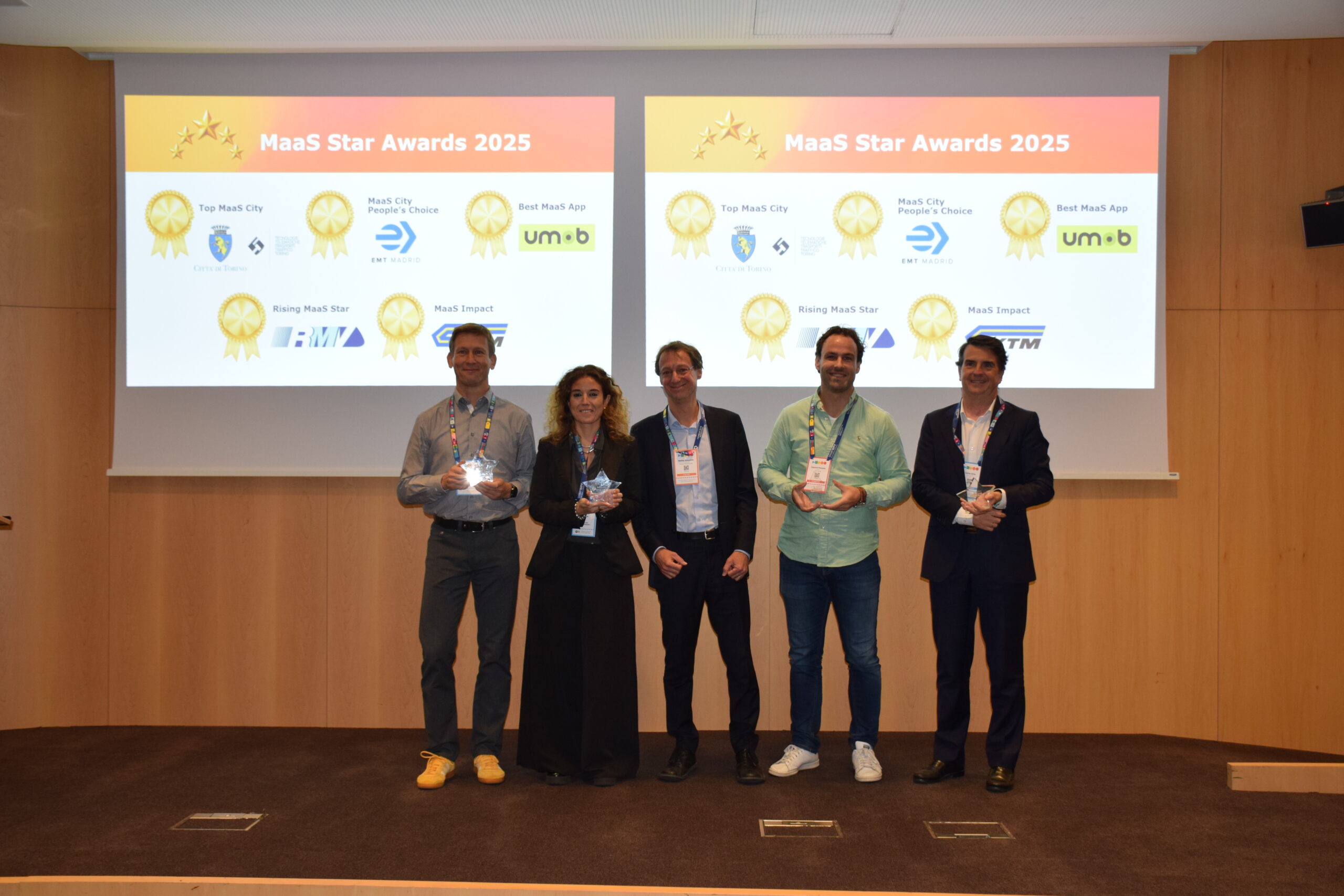
Mobility systems can make or break socio-economic equality in our cities. Access to employment, healthcare, education (and more) hinge on one’s access to transport. As new technologies and mobility services emerge in our effort to create smarter, more sustainable transport, these must be steered in a way which prompts policy driven innovation, addressing critical economic, social and political concerns- whilst keeping our carbon reduction targets in focus.
Urban transport across the globe must adapt to meet sustainability targets. There are major challenges ahead; transport accounts for 21% of global carbon emissions, and the COVID-19 pandemic has created further obstacles.
However, ‘sustainability’ is more than simply cutting carbon. Achieving the transition to greener, cleaner more resilient transport systems also means affordable, safe, and inclusive services. Truly sustainable mobility is that which caters for everybody, ensuring nobody is left behind.
A sustainable transition must be a just transition. Electrification, mechanisation and automation are vital, but they cannot overlook the heart of our urban mobility systems – people. This has been a central topic in urban mobility discussions over the last several years, and as the recent ITF Summit in May 2022 saw – it continues to be.
“Good transport systems leave no one behind,” said Young Tae Kim, Secretary-General at ITF, during the opening plenary, which assessed the role of government around the world in driving inclusion and sustainability in transport.
The pandemic has also transformed conversations around mobility planning, with safety and flexibility given more prominence as protection for vulnerable users and provisions for home working became indispensable.
However, COVID-19 has also arguably sped up the technological and infrastructural innovations which will be key to promoting the long-term modal shifts for all users. Cut-price fares for low-income public transport users, school streets and expanded cycle infrastructure have been rolled out at unprecedented speeds.
For example, the Spanish city of Gipuzkoa is embarking on a rigorous journey, creating an equitable and affordable mobility model- which considers age, employment and disability across pricing and service delivery. Their MUGI-SYSTEM- a new transport card- will be fully digital later this year, and provides affordable ticketing for the vulnerable, which rewards constant public transport use. This was echoed by Rafaela Romero, Deputy Mayor of Gipuzkoa- a city fast-expanding transport provisions for vulnerable user groups- when speaking at a recent leadership summit convened by POLIS Network and the City of Glasgow.
“Transport is the key link between opportunities and the resources available to citizens to make use of them,” she asserted.
Data and digitalisation will be core to continued developments. Developments in digital technologies promise major changes in transport provision over the next few years. From London’s Oyster Card to Madrid’s Madrid 360 app, online and contactless payments, as well as Mobility as a Service (MaaS) platforms, are now the mainstay of public transport networks in many cities, as authorities and operators seek to make ticketing as seamless as possible.
Internet-based platforms facilitate collective and community transport offerings helping older people maintain activities- particularly across peri-urban and rural regions which are often underserved locations, and therefore reliant on the most unsustainable modes of travel. Yet, focus on inclusion here is necessary for ensuring new technologies are accessible. The INDIMO project (inclusive Digital Mobility solutions), is a three-year EU-funded Horizon 2020 project that aims to extend the benefits of digitally interconnected transport systems to people that currently face barriers. The project has conducted pilots in cities across Europe. Both the public and private sectors have a role to play. Innovative partnerships between local authorities and shared mobility operators provide the capacity to go even further. Indeed, earlier this year scooter operator Bird, in partnership with mobility equipment rental company Scootaround, launched a pilot program in New York to provide electric wheelchair and mobility scooter rentals- a project which is now being taken from the Big Apple to San Francisco.
The US is seeing its largest investment in the transport sector since the 1950s and a large part of that is geared towards making it eco-friendly and sustainable, as well as creating jobs. US Secretary of Transportation Pete Buttigieg told the audience at the ITF summit that the government is looking at where it has made mistakes in the past and at implementing solutions that will create jobs ‘at scales not seen before’ and in a way that is inclusive across society groups.
This focus on inclusivity is also critical as electric vehicles and associated changing infrastructure play a growing role in the mobility mix. In the US, 26.5% of households with incomes less than $20,000 have no motor vehicles at all- and electric options remain out of reach for many. Some countries are attempting to tackle this. In New Zealand, low-income families who scrap their old cars will get funding to buy a low-emitting vehicle in a $569 million scheme, one of the big-ticket items in the Government’s first Emissions Reductions Plan. However, many have warned that such schemes will do little to a abate the prohibitively high costs.
Here, physical accessibility is also critical. In Berlin there are currently 1200 charging points in operation on public ground, with an aim to guarantee at least one charging station in a radius of one kilometre in the city centre- and 3km in the suburbs. At the same time, the city has received an increasing number of requests from persons with a handicap; as a result, the German capital is developing a city-wide basic network with accessibility a key part of this strategy.
Source: Eltis



